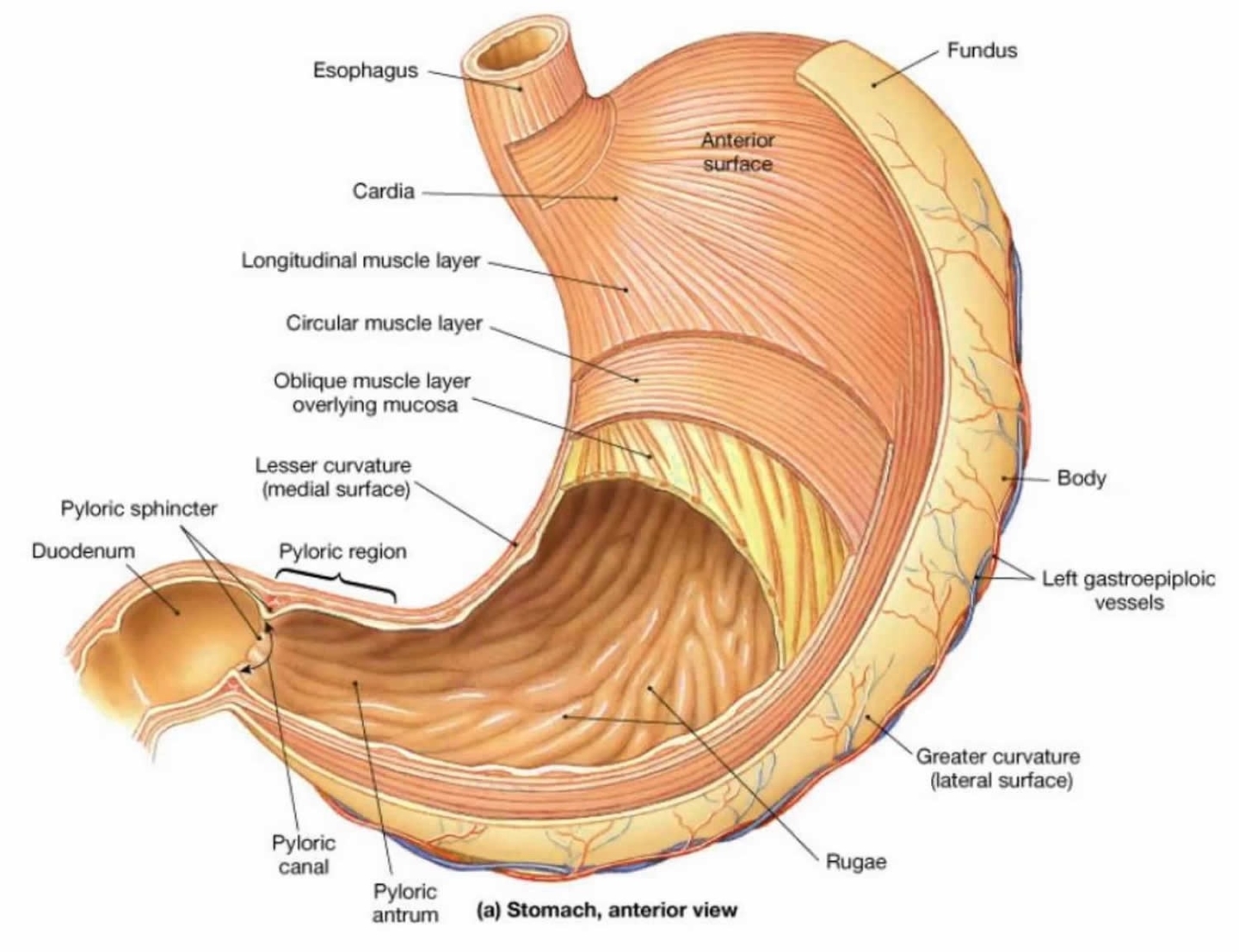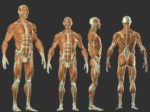Human Anatomy: Muscle, Reproductive, and Skeletal Systems
Muscular System
The muscular system is responsible for movement, posture, and balance. It consists of three types of muscle tissue: skeletal, smooth, and cardiac. Skeletal muscles, numbering over 600, create movement in the body. They work in groups to move the skeleton, with movements being nearly involuntary, yet requiring conscious effort. Cardiac muscle, found in the heart, is responsible for the rhythmic contractions that pump blood throughout the body. Smooth muscle, found in the walls of hollow organs and blood vessels, propels substances through the body.
Reproductive System
The human reproductive system allows for the production and fertilization of gametes, leading to the creation of offspring[^10^]. In males, the testes produce sperm, and the penis delivers the sperm for potential fertilization[^10^]. In females, the ovaries produce eggs, the uterus houses the developing fetus, and the breasts produce milk for the newborn. The reproductive process involves the release of an egg, internal fertilization by sperm, transport of the fertilized egg to the uterus, implantation in the uterine wall, gestation, birth, and postnatal care[^10^].
keletal System
The skeletal system serves as the body’s framework, providing support, protection, and enabling motion?. It consists of 206 bones, divided into the axial and appendicular skeletons?. The axial skeleton includes the vertebral column and much of the skull, providing support and protection for the body’s central parts?. The appendicular skeleton includes the pelvic and pectoral girdles and the bones of the limbs?. The skeletal system also includes ligaments, which attach bone to bone, and cartilage, which provides padding between bones?.
In conclusion, the muscular, reproductive, and skeletal systems each play crucial roles in the human body. The muscular system enables movement and maintains posture, the reproductive system allows for the continuation of human species, and the skeletal system provides structural support and protection for the body’s organs. Each system, with its unique structure and function, contributes to the overall health and well-being of an individual..



